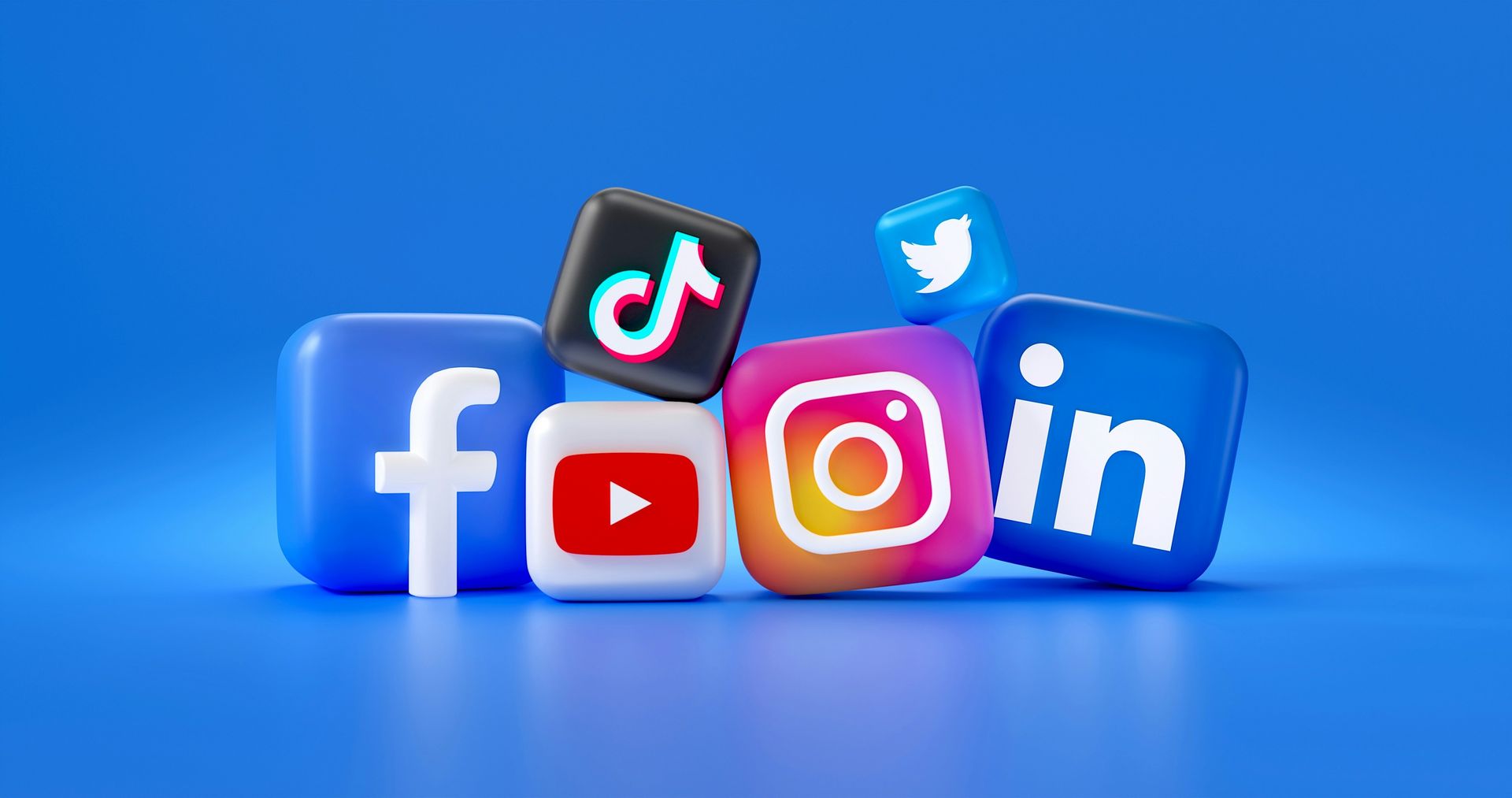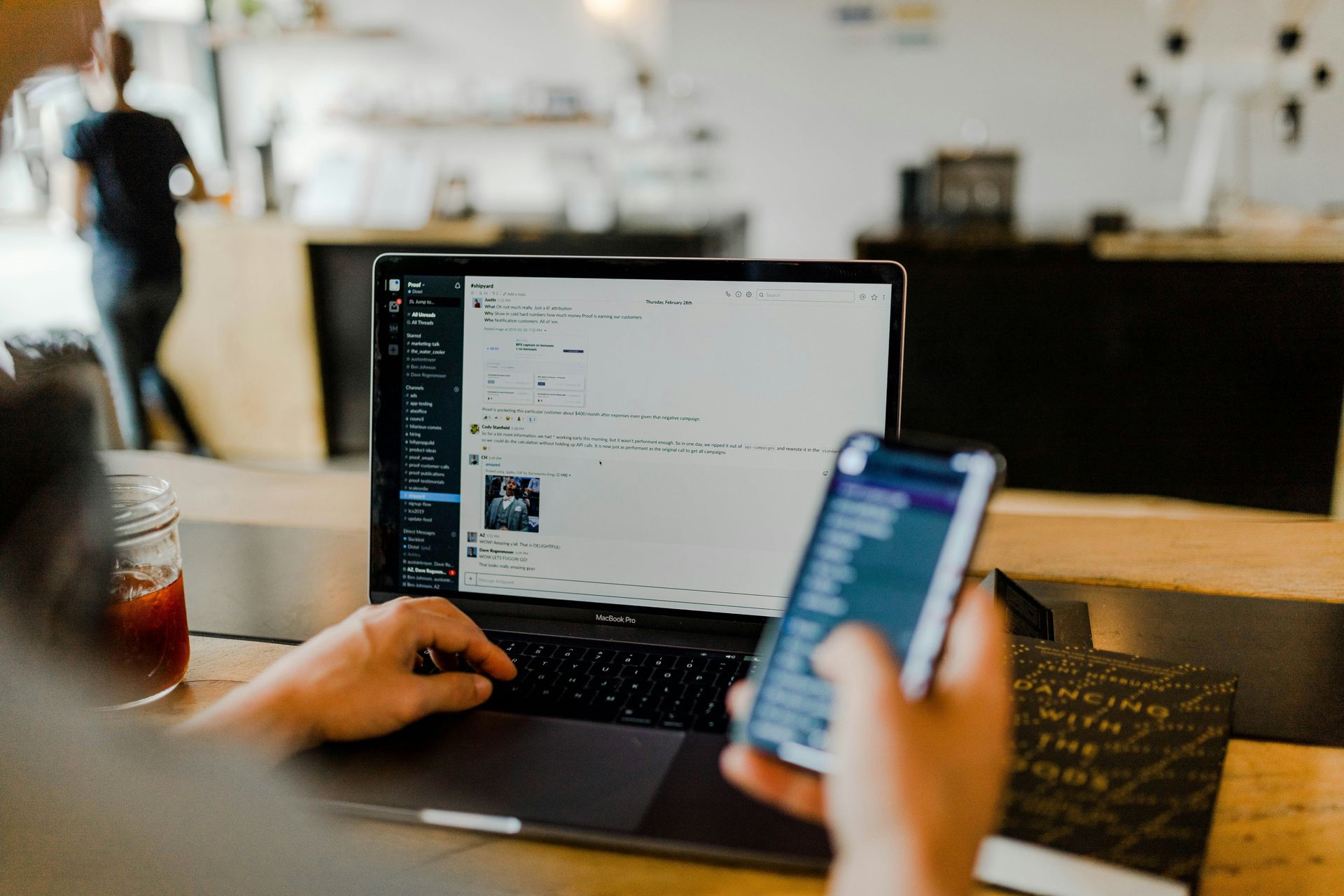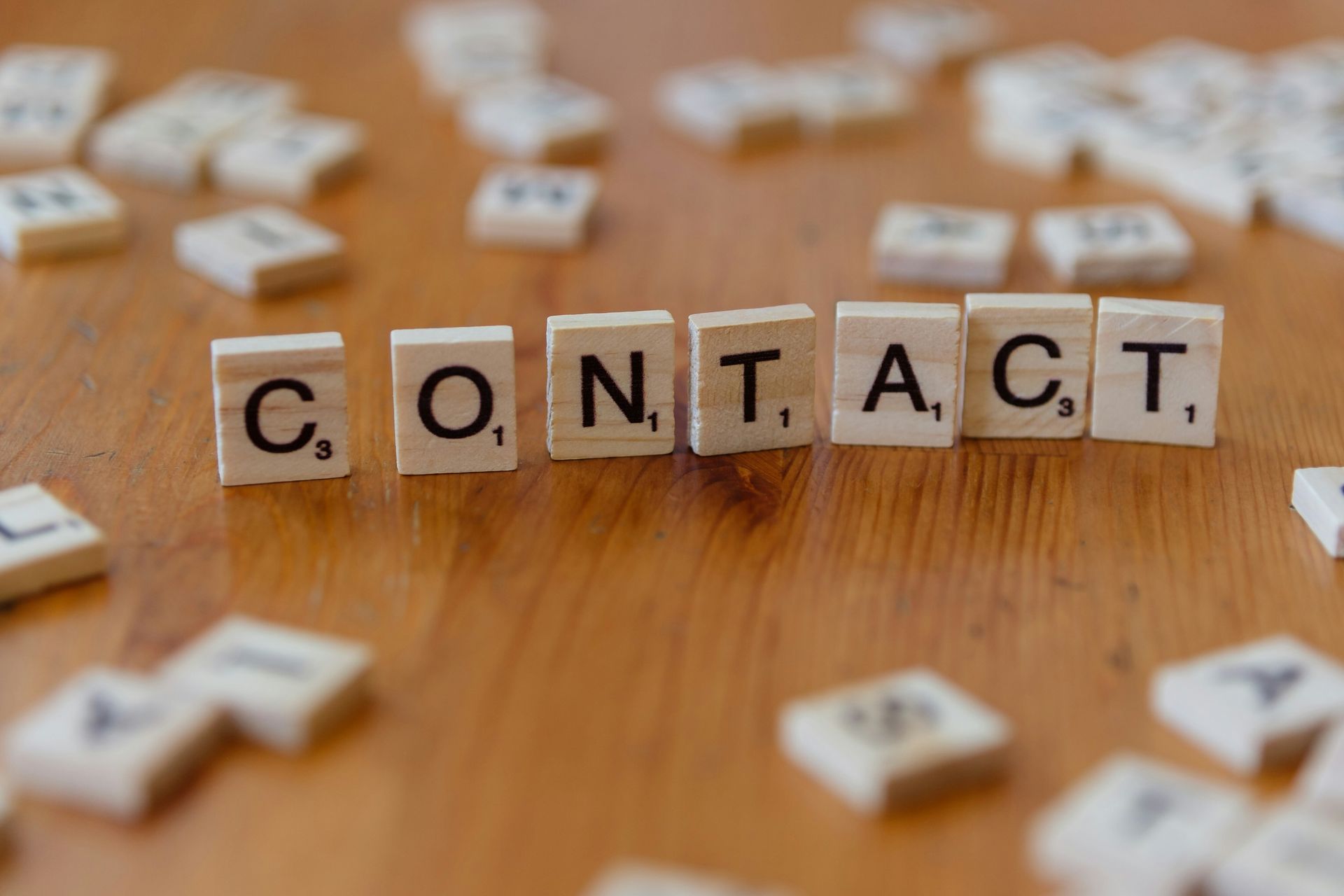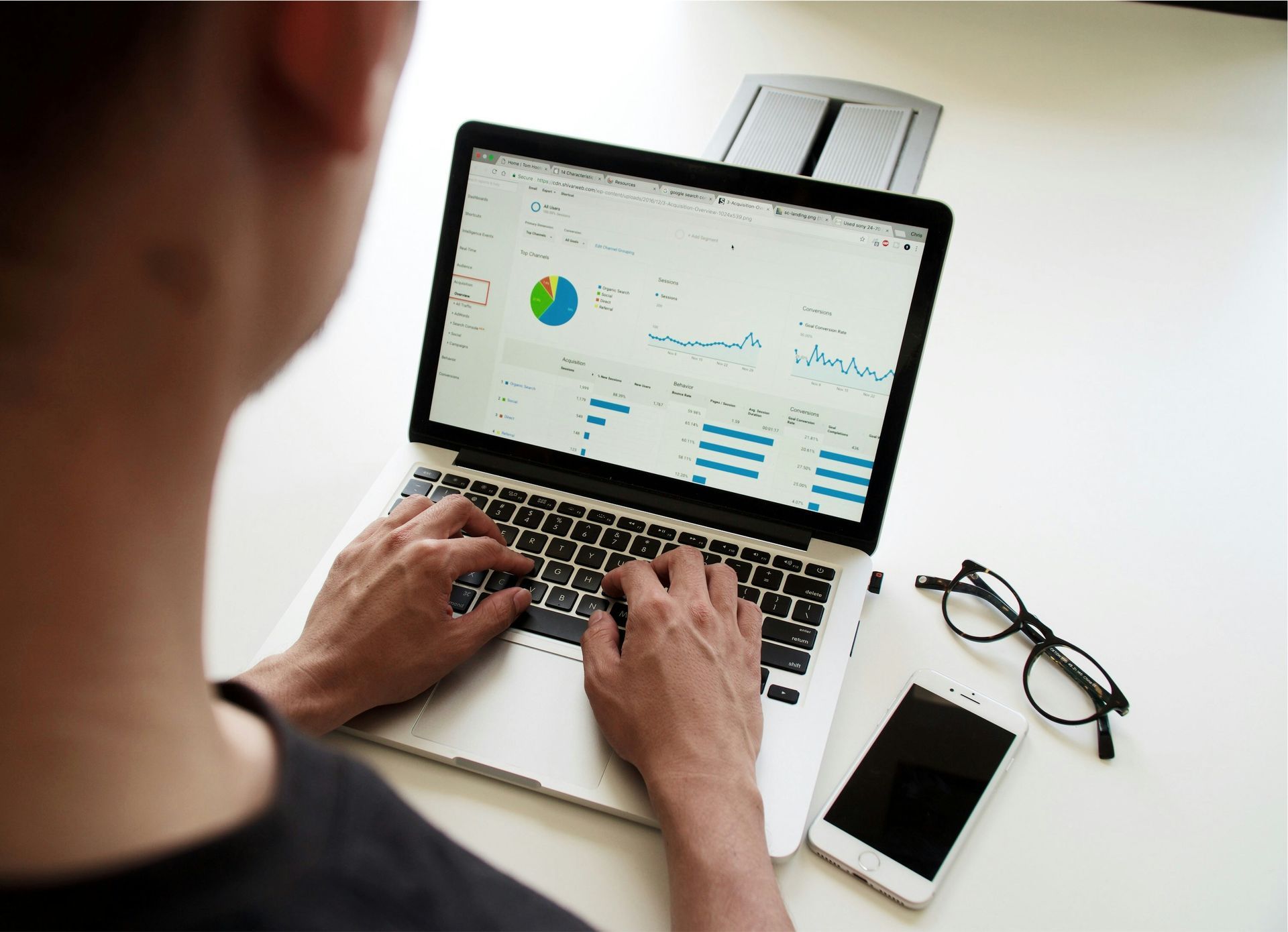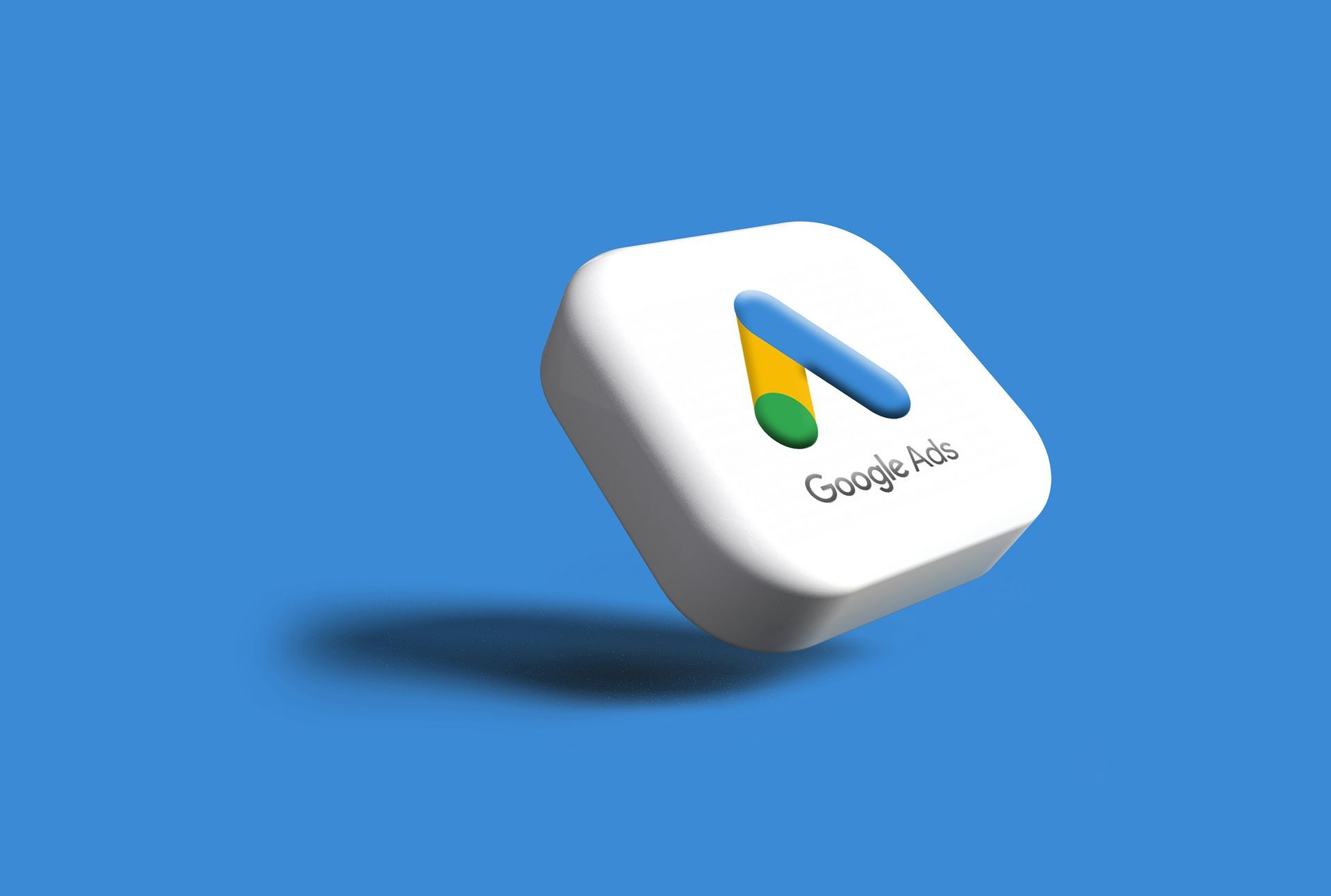How to Use Influencer Marketing to Boost Your Brand’s Visibility

In today’s digital world, influencer marketing has proven to be a powerful way to build brand visibility and trust. This article explores what influencer marketing is, why it’s important, and how you can develop an effective influencer marketing strategy that enhances your brand’s visibility and drives real results.
What is Influencer Marketing?
Influencer marketing is a strategy where businesses partner with influential people on social media (influencers) to promote their brand or products. These influencers have a loyal and engaged following that values their opinions, making their recommendations highly impactful.
Influencers range from micro-influencers (with 1,000-10,000 followers) to mega-influencers and celebrities with millions of followers. Each type offers unique advantages depending on your brand and target audience.
For more insights into emerging search methods and online visibility, check out our article
What is Social Search? The Future of Online Searching.
Why Influencer Marketing Works for Brands
Influencer marketing helps businesses in various ways:
Builds Trust and Authenticity
Consumers often trust the recommendations of people they follow on social media. This makes influencer marketing a credible way to showcase your products and services.
Expands Reach and Improves Targeting
Influencers have specific audiences, meaning your products can be promoted to people already interested in your niche.
Higher Engagement and Conversion Rates
Because influencers know their audience well, they can convey brand messages in a personal way, often resulting in higher conversion rates and better engagement.
How to Choose the Right Influencer for Your Brand
Selecting the right influencer is critical for a successful campaign. Here are some essential factors to consider:
Define Your Audience
Identify the type of audience you want to reach and choose influencers who resonate with this group.
Evaluate Engagement Levels
Don’t just focus on the influencer’s follower count; also assess their engagement rate to see how actively their followers interact.
Ensure Brand Consistency
The influencer should align with your brand values and message. For example, if your brand is eco-friendly, choose an influencer who is committed to sustainability.
Strategies for Effective Influencer Marketing
1. Create Authentic Partnerships
Authenticity is crucial. Followers can easily tell when a collaboration feels forced. Choose influencers who are genuinely excited about your brand and give them the freedom to create content that matches their style.
2. Leverage Micro and Nano-Influencers
Micro and nano-influencers may have smaller audiences, but their followers are often more engaged. These influencers can promote your brand in a way that feels more personal and relatable than major influencers.
3. Measure Campaign Impact
Use analytical tools to measure the effectiveness of your influencer marketing campaigns. Track KPIs such as reach, engagement, conversion, and brand visibility. Measuring results is essential for understanding what works and what doesn’t, allowing you to improve future campaigns.
For more insights on measuring online campaigns and visibility, see
How to Use Social Search: Everything You Need to Know
Best Practices for Influencer Marketing
1. Build Long-Term Relationships
Long-term partnerships with influencers build consistency and credibility. By regularly collaborating with the same influencers, your brand stays top-of-mind with their followers.
2. Run Contests or Giveaways
Contests and giveaways often generate high engagement and are an excellent way to increase your reach and interact with your audience. By asking followers to tag or share your brand, you can expand your visibility further.
3. Provide Exclusive Discount Codes
Exclusive discount codes make the collaboration more appealing to the influencer’s followers and give them an immediate incentive to try your product.
Influencer Marketing Trends to Watch
Influencer marketing continues to evolve, and new trends keep emerging. Here are a few trends to watch:
1. the Rise of Nano-Influencers
Nano-influencers have between 1,000 and 5,000 followers and are closer to their audience. Their recommendations feel more personal and authentic.
2. Shoppable Posts
Platforms like Instagram and TikTok now allow users to purchase products directly through posts, significantly shortening the customer journey and increasing conversion potential.
3. Live Shopping Events
Live shopping, where influencers demonstrate products in a livestream, is gaining popularity. This provides brands with a direct way to showcase their products to a broad audience.
4. Increased Focus on Authentic Content
As consumers become more discerning, influencer marketing is shifting toward authentic, unedited content. Expect to see an increase in casual, less-polished videos and posts.
Conclusion
Influencer marketing offers brands a unique opportunity to reach a broader audience and enhance their visibility. By partnering with the right influencers, setting measurable goals, and staying up to date with new trends, businesses can maximize the potential of influencer marketing.
Curious about other ways to boost your online visibility? Visit Marcom.eu and discover the best tips for a successful online presence.
ALL OUR OTHER NEWS:

